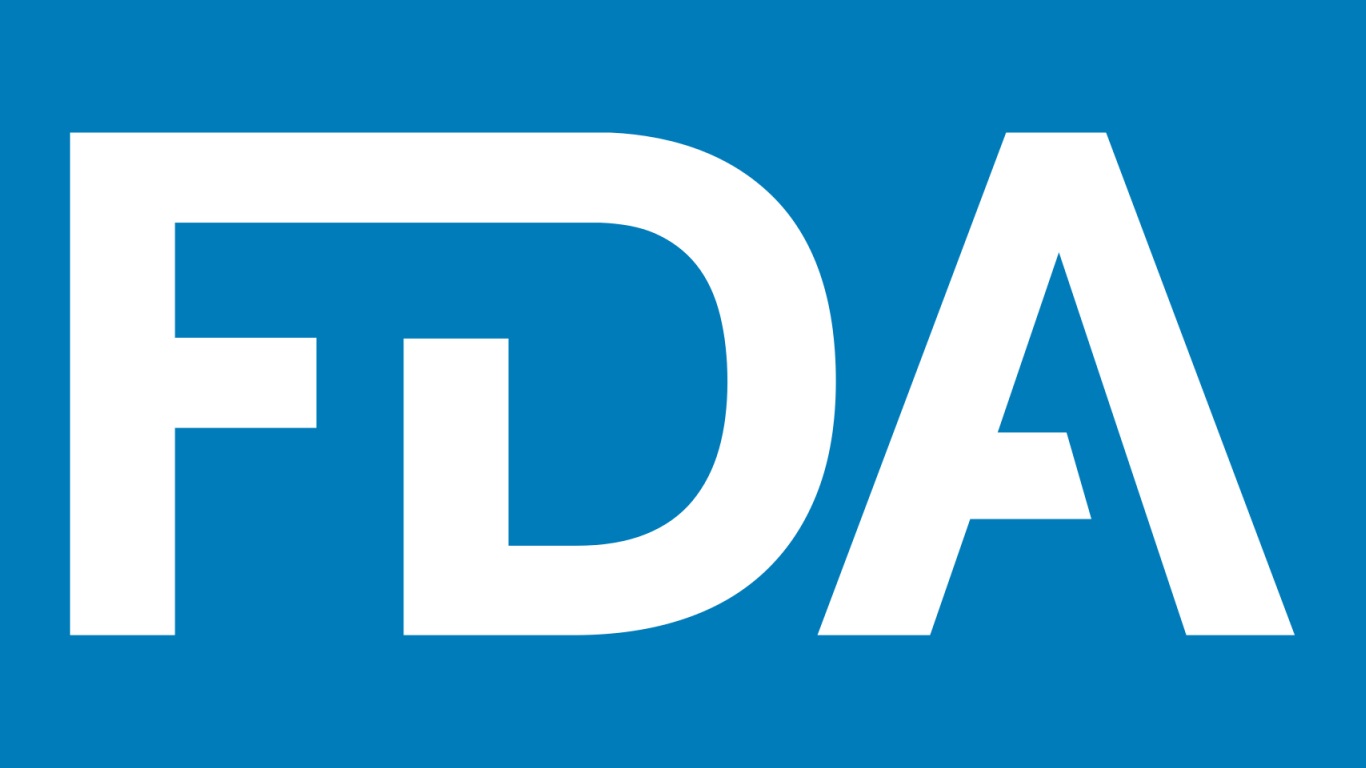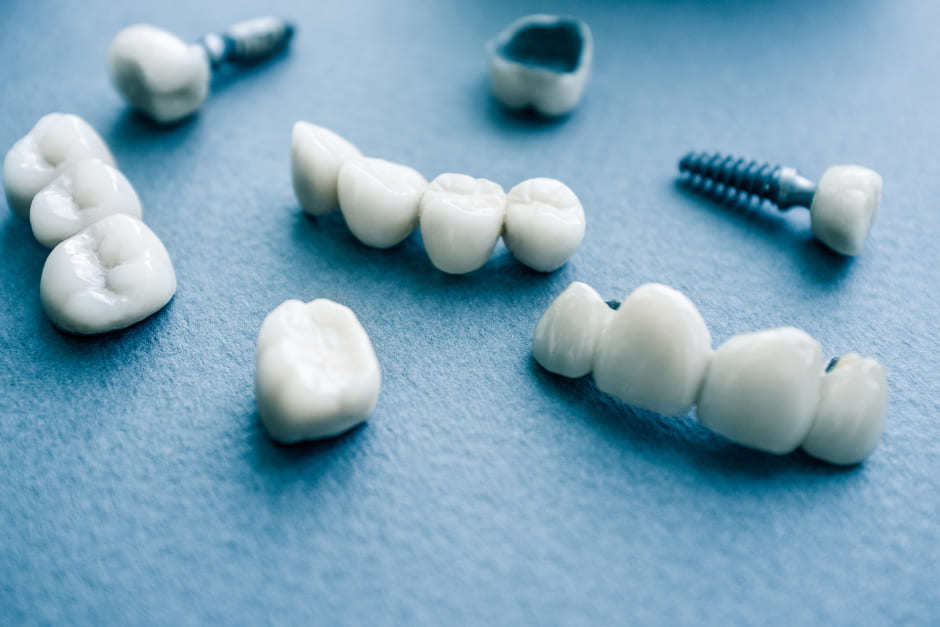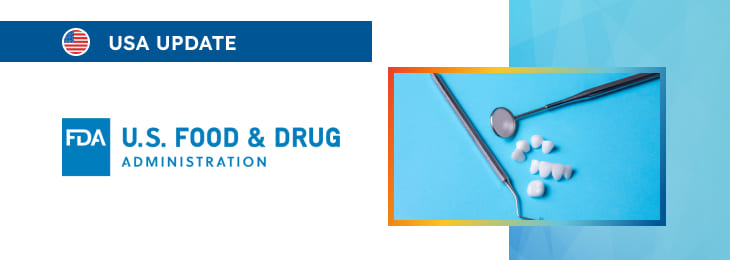The article highlights the key points associated with the regulatory status of dental ceramics, as well as the requirements they should comply with.

Table of content
The Food and Drug Administration (FDA or the Agency), the US regulating authority in the sphere of healthcare products, has published a guidance document dedicated to dental ceramics in the context of the Safety and Performance Based Pathway. In particular, the document describes the applicable performance criteria, and also provides additional clarifications and recommendations to be taken into consideration by manufacturers and other parties involved.
At the same time, provisions of the guidance are non-binding in their legal nature, nor are they intended to introduce new rules or impose new obligations. Moreover, the authority explicitly states that an alternative approach could be applied, provided such an approach is in line with the existing legal framework and has been agreed with the authority in advance.
Introduction
The present guidance outlines the performance criteria for dental ceramics under the Safety and Performance-Based Pathway. This optional pathway enables submitters to demonstrate substantial equivalence by meeting specified performance criteria instead of comparing their device directly with a predicate device.
Submitters intending to use this pathway for their 510(k) submission are encouraged to rely on the performance criteria detailed in the guidance. To ensure compliance with recognized standards, submitters should consult the FDA Recognized Consensus Standards Database.
Submissions involving a Declaration of Conformity must include supporting documentation to substantiate compliance. For more information on utilizing consensus standards in regulatory submissions, the interested parties should refer to FDA guidance titled “Appropriate Use of Voluntary Consensus Standards in Premarket Submissions for Medical Devices”.

Regulatory Background
In September 2019, the FDA introduced the Safety and Performance-Based Pathway for well-understood device types. This pathway allows manufacturers to demonstrate safety and efficacy by meeting FDA-identified performance criteria.
These criteria are based on the performance of legally marketed devices of the same type and are derived from FDA staff expertise, literature analysis, and data on marketed dental ceramics. The goal is to provide a less burdensome alternative to direct performance comparisons against predicate devices.
For many, testing against a predicate may be more challenging than meeting FDA-established performance criteria. The pathway is consistent with public health objectives while reducing regulatory burdens for manufacturers.
Scope and Device Description
This guidance applies to Class II dental ceramic devices regulated under:
- 21 CFR 872.6660: Porcelain powder for clinical use (Product Code: EIH).
- 21 CFR 872.3920: Porcelain tooth (Product Code: ELL).
Devices excluded from this guidance include:
- Posterior artificial teeth with metal inserts (21 CFR 872.3900, Product Code: ELJ).
- Backing and facing for artificial teeth (21 CFR 872.3910, Product Code: ELK).
- Endosseous dental implants and related components.
- Temporary crown and bridge resins.
- Tooth shade resin materials.
- Bone grafting materials.
Dental ceramics within this guidance are mixtures of kaolin, feldspar, quartz, or other materials used to fabricate prosthetic restorations such as crowns, bridges, and veneers. These devices, heated at high temperatures to form durable glass-like structures, are prescription-only and used in fixed or removable dentures.
Device Design Characteristics
Dental ceramics included in this guidance fall under the FDA-recognized ISO 6872 standard, which categorizes them into five clinical-use classes:
- Class 1: Monolithic ceramics for single-unit anterior restorations and veneers.
- Class 2: Monolithic or substructure ceramics for anterior or posterior single-unit prostheses.
- Class 3: Ceramics for anterior/posterior single-unit or three-unit prostheses not involving molars.
- Class 4: Ceramics for three-unit prostheses involving molar restorations.
- Class 5: Ceramics for larger prostheses (four or more units).
It is also stated that devices not meeting these criteria may require additional data to confirm suitability for the pathway.
Testing Performance Criteria
According to the guidance, for devices submitted under the Safety and Performance-Based Pathway, direct comparison testing against a predicate device is not required. However, submitters must provide a results summary for all performance tests conducted.
The FDA reserves the right to review underlying data to confirm compliance with identified criteria. Devices must meet biocompatibility standards per the FDA’s ISO 10993-1 guidance.
These include endpoints such as:
- Cytotoxicity
- Sensitization
- Oral mucosa irritation
- Acute and subacute systemic toxicity (oral application)
- Genotoxicity
If the device uses identical materials and manufacturing processes as a predicate, with no significant geometric changes, equivalence in biocompatibility can often be established through documentation rather than testing. Where testing is necessary, complete reports must be submitted.
Results must demonstrate that all components in direct tissue contact produce acceptable biological responses.
Testing should align with FDA-recognized standards, including:
- ISO 10993-1: Evaluation and testing within a risk management process.
- ISO 7405: Biocompatibility evaluation specific to dental devices.
Devices with adverse biological responses must include justifications explaining why the observed toxicity levels are acceptable. If standard methods involve comparison with legally marketed devices, those controls must perform as expected.
In cases where a device cannot rely entirely on FDA-identified performance criteria to demonstrate equivalence, it may not qualify for the Safety and Performance-Based Pathway. Submitters can instead use other established 510(k) submission programs, such as Traditional, Special, or Abbreviated 510(k).
Conclusion
In summary, this guidance offers a streamlined regulatory pathway for dental ceramics by emphasizing performance criteria over predicate comparisons. According to the document, manufacturers can demonstrate substantial equivalence more efficiently while ensuring the safety and effectiveness of their devices by adhering to FDA-identified testing methodologies and respective performance standards.
How Can RegDesk Help?
RegDesk is an AI-powered Regulatory Information Management System that provides medical device companies with regulatory intelligence for over 120 markets worldwide. It can help you prepare and publish global applications, manage standards, run change assessments, and obtain real-time alerts on regulatory changes through a centralized platform. Global expansion has never been this simple.

